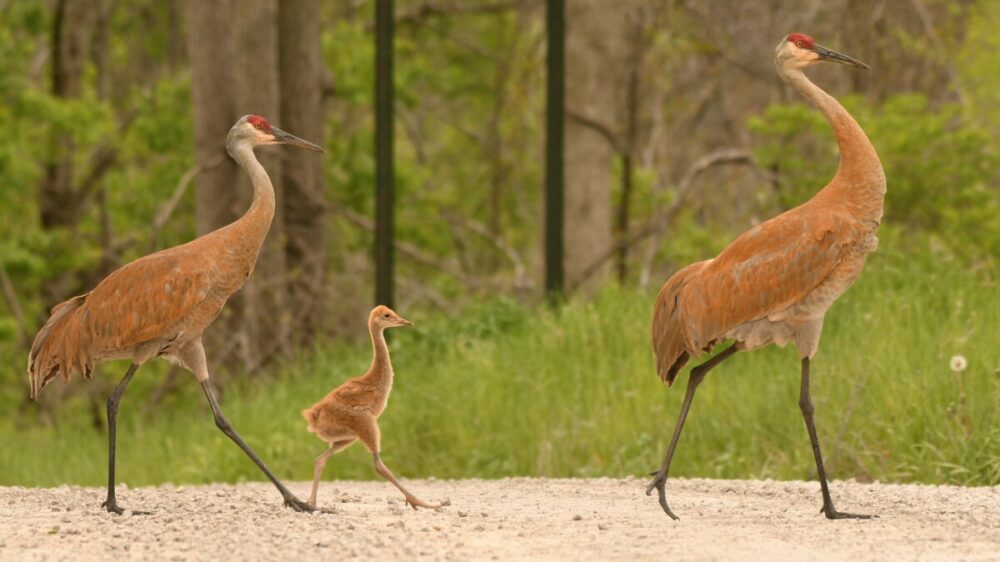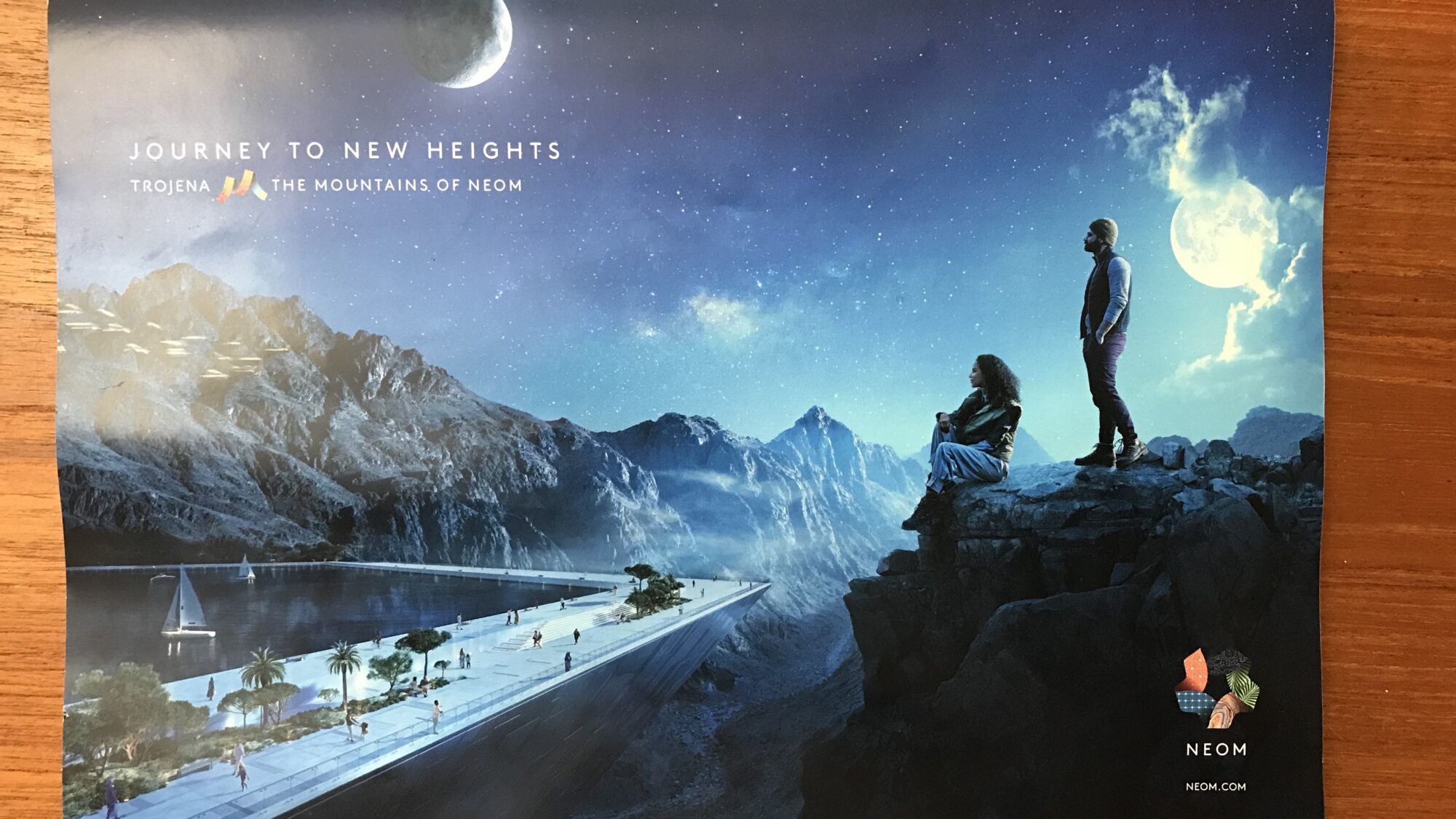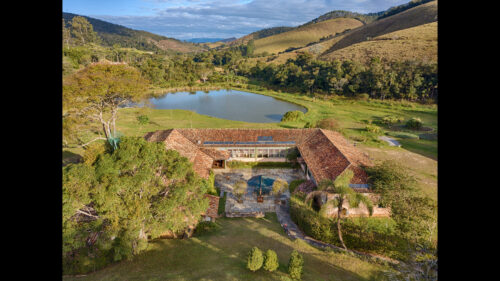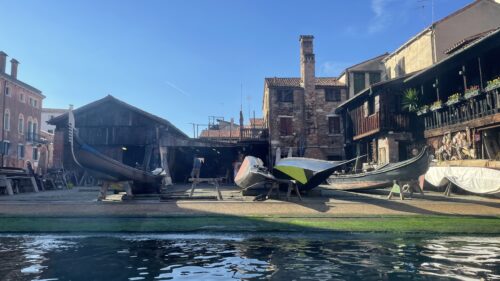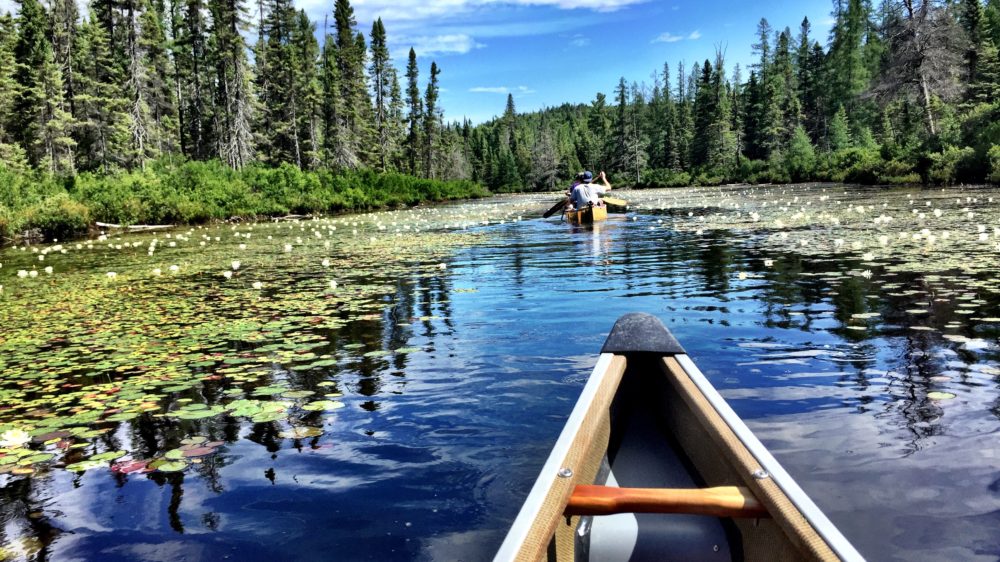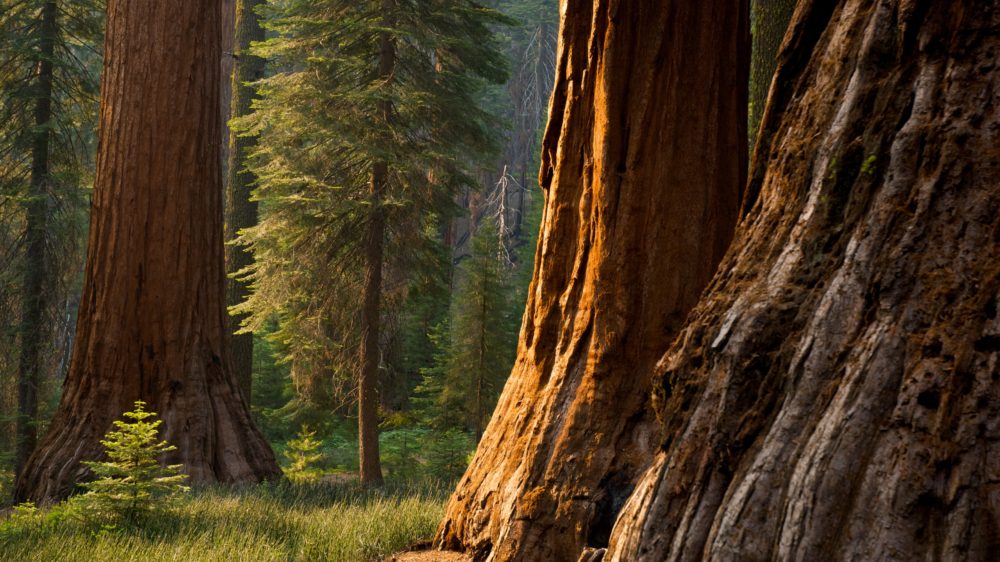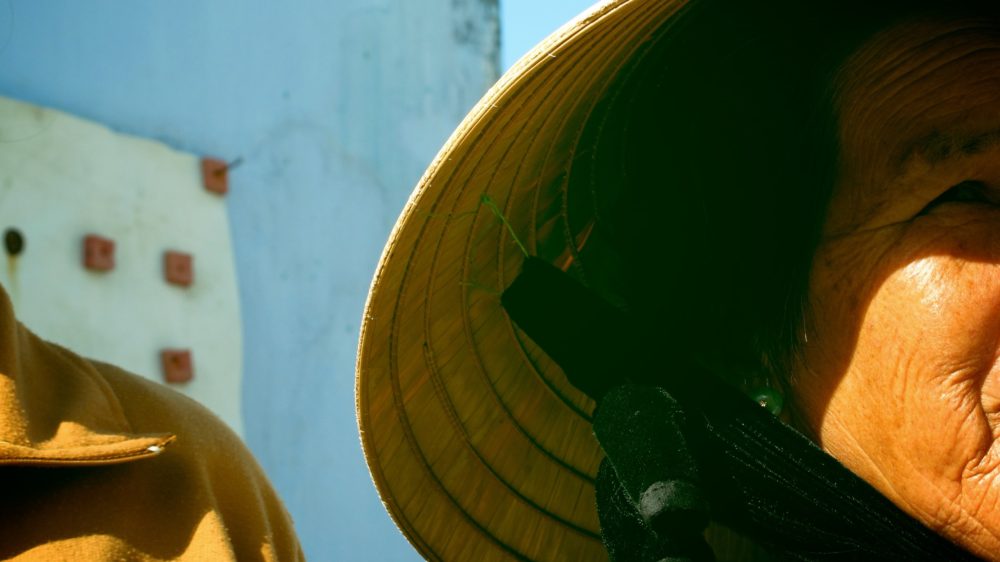lord god bird
I like Pete Wells; I like to read his reviews of restaurants in the New York Times. He can be tough and snarky, but at least he is also witty and right. A Pete Wells classic from his review of Per Se: “I don’t know what could have saved limp, dispiriting yam dumplings, but it definitely wasn’t a lukewarm matsutake mushroom bouillon as murky and appealing as bong water.”
Pete writes about food, yes, but he also is writing about travel, and the dangerous theatre of the Travel Industry. Dangerous because it can dull curiosity in the world we live in. Pete recently wrote a review of a new Martha Stewart restaurant inside of the Paris Las Vegas hotel and casino. He didn’t like it. You should read it, cutting, funny, and enlightening. What I found especially enlightening, and why this relates to travel and the business of travel, is how Pete so gracefully tracks what really is happening, and why it matters who owns what.
He writes:
“Ms. Stewart has never been involved in a restaurant before. Ascertaining the exact nature of her involvement, though, was not a quick process. After putting the question to the casino’s owner, Caesars Entertainment, I received an email two days later from Ms. Stewart’s public-relations firm:
“The Bedford by Martha Stewart is owned by Caesars Entertainment and is a licensing partnership with Marquee Brands and Martha Stewart, where Ms. Stewart helms the restaurant’s concept from design and décor to food and beverage recipes. Ms. Stewart and her team adapted her recipes for the restaurant environment with Chef Pierre Schaedelin.”
In other words, the Bedford is not Ms. Stewart’s “first restaurant,” as many news reports have said. It is not, in fact, “hers” at all. She is neither an owner nor the chef. It is almost certainly, however, the first Martha Stewart-themed restaurant.”
He then adds:
“…it may help to know that Marquee Brands bought Martha Stewart’s company, including rights to her intellectual property, for a reported $175 million in 2019. Marquee Brands, which itself is owned by an investment-management firm, has been busy licensing Ms. Stewart’s name and endorsement to a varied array of products: CBD gummies, sneakers, garlic, cat litter, lighters, a $12 California wine called Martha’s Chard, short-sleeved quilted down vests, fertilizer and pumpkin-spice coffee, which she promoted in a video wearing, seemingly, nothing but an apron printed with the coffee brand’s logo.”
I read this article and so many things hit home about the travel industry. How there are trends in hotels, resorts, restaurants, guided experiences, even cities or countries as a whole, trends where works of fiction are created and lived through in the name of tourism and branding. I am thinking of theme parks, villages I used to visit in China that had been reconstructed to fit neatly into stereotypes of regions, Helen Georgia, Venice Beach California, Irish pubs in the suburbs of Quito.
If you are in on the joke, if you know exactly what you are walking into, it can be kitschy fun. The danger arises when reality becomes confused, both in the people living and working in these places as well as the visitors. When the theatrical eats the actual. When we touristically jump the Shark.
This strange mixture of fiction and reality is wonderfully expressed in tours designed off of fictional shows. Westeros tours of Northern Ireland, Forrest Gump tours of Savannah Georgia, Lord of the Rings tours of New Zealand, Game of Thrones tours in Croatia. Harry Potter tours in Oxford. The list is endless.
Large investments in mass tourism, and the tech-industry push towards virtual kingdoms like the metaverse, worry me. It seems like a magnification and doubling down of a Martha Stewart theme park Vegas restaurant. Disney, too, is dabbling in virtual and immersive fictional experiences with their Galactic Star Cruiser offering, a 2 night role-play hotel (combining a cruise ship idea with a semi virtual, soundstage immersive experience). But then again, Disney theme parks have always played with the immersive.
I like sci-fi, I love theatre, I am a fan of the novel, I enjoy immersion and imagination, don’t get me wrong. But I love travel as well, analogue travel, non-fiction travel, I love going out from my village into another country and learning. I also enjoy being bored – I think there is real value in just sitting and not being stimulated in any way, just sitting down and shutting up… it is really quite nice. Perhaps it’s living with two kids under 10 and just creeping out of a 2 year pandemic, but seriously, I can’t say enough about sitting in a quiet room with no phone, no TV, not even a magazine, maybe some Dickens.
There are things missed in an advertisement-based constructed world: spontaneity, getting lost, minutiae, mistakes, toil, boredom, self sustained life (plants, insects, nature, all the things that do not need us to live, moving and morphing independently to us). These things aren’t there in the Galactic Cruise or in Martha Stewart’s 1925 Bedford farmhouse deep inside a faux Paris in a Nevada valley.
Before the pandemic we had a gathering, a company wide retreat in Toronto. We played, we danced, we drank, we laughed, and we had an afternoon of pitching satirical business ideas to a mythical billionaire startup character we conjured for the purpose of team building. The winner of the business competition was a fake virtual tourism company called “Vrooooom”. It was a farce, a joke, a ridiculous idea that the virtual could take place of travel, that digital could supplant the real. And then Covid-19 happened and a number of surreal things became actual. A year later I would be talking on the phone with a friend of mine who pivoted his travel company to become a virtual travel company highlighting the Italian and French countryside.
In the darkest moment of the lockdowns, these virtual landscapes provided a saccharin stand in for life, empty of nutritional content, with a taste like life but no life in it. I cottoned on fast to a habit of reminding myself that these virtual tools are designed to sell, to manipulate. The value of travel is something very different, at least to me.
My brother and I got into an argument in my mid 20’s about the virtue of cities. He had been living in New York City and I was living in rural Georgia, having just spent a few months living in an old prospector tent in Southern Appalachia. I was a philosophy student and wanted to pinpoint a certain discomfort I had for the urban (my opinion has since changed but it is useful here for making a point). I argued that the city was filled with man-made things that were in a constant state of decay. That once built, these constructions were being worn down by wear and tear and only moved in one direction, from creation to entire decay. Buildings, roads, bridges, asphalt, all ageing and unable to sustain itself; whereas in the wilderness one is surrounded by individual life forms, all independent of humans, growing, decaying, moving in many directions, creating, multiplying, killing, dying, being born. In this wild motion of life and death there is creation and spontaneity that can’t be found in man made things, that can’t be felt in virtual kingdoms, where you’ll find a stale quality. And even if you might have an algorithm that allows for chaos and spontaneous motion, it is orchestrated, predestined.
The surprise, the strangeness… That is what I want more of, that is what I enjoy in travel. Happening upon something not meant for my entertainment or interaction. A field that reminds me of something from my subjective past, which attaches me to a time and space. Subjective beauty and joy, built through a lifetime of experiences.
This past summer my wife and two children and I were walking through the woods at a family cottage in northern Ontario. It is the kind of place you arrive through a process, requiring you to drive into a different geography, the Canadian Shield, as the roads get smaller and smaller until they run out and the trip finishes by boat. There is a series of family cottages linked by trails from one to another on the shores of a lake formed by ancient ice that once receded. We go yearly, like pilgrims, for a week or two in the summer, an escape. There is internet now but it is slow. Daily we walk up a large exposed Precambrian rock that loops around to a small beach on the bay of the lake. This past summer, out walking, we turned a corner and there was a large 5 foot tall creature in the trail. I had never seen an animal like this before, it looked like a skinny Emu and I knew there was a farmer close by who enjoyed exotic animals so thought it might be an escapee from the property. But this bird was wild, comfortable in the landscape; it looked at us and walked away, and I was breath taken. A few minutes later we spotted another two further down the trail. It was one of those days that were electric, the sky a soft blue, clear air, everything seemed in technicolor, it was my partner’s birthday and I told her it was an auspicious day, before we saw the creature.
We continued our walk back to the bay and on our return to the cottage we asked relatives who had spent lifetimes summering here if they knew or had heard of this creature. Then we heard the calls, a guttural purr, cavernous, echoing in the bay from a distance, like a velociraptor in Jurassic Park, strange and foreign and birdlike. Relatives in various cottages all stepped out onto their docks looking to the deep cover of forest and wilderness across the waters, like a scene in some Christopher Nolan movie, awestruck and silent. We discovered that these new animals on the lake were Sandhill Cranes, which had moved in, part of the climate shifts our world is going through. My analogy with velociraptors isn’t too far fetched, since Sandhill Cranes have some of the longest fossil histories of any extant bird, the oldest sandhill crane fossil being 2.5 million years old. 2.5 million years is far off 65 million years (dino age) and way far off the precambrian age of the local rock (4,600 million years ago), but they are old no doubt.
This surprise, this history, this thing unknown to me, this independent of me as a human, history of an entire species going back 2.5 million years is not something that can be built in a sound stage, or in a series of 0’s and 1’s, it is patina, it is wabi-sabi, it is what goes missing in the works of a fiction travel that is produced in the name of commerce and growth.
There is currently an idea for a city in the coastal desert of Saudi Arabia that is creating a lot of buzz. I say idea because it hasn’t been built, at least most of it hasn’t, although there is a golf course and a heli pad from what I hear. But that hasn’t stopped renderings and advertisements from taking up entire back pages of travel magazines selling the thought of the place. The idea is being called Neom and, depending on whom you ask and when, it is a conglomeration of all the things we are looking for or hoping for in a city of a future, a shifting idea that can become the trend, because it doesn’t exist, itself is the trend. It is the brainchild of Mohammed bin Salman Al Saud, the ruling crown prince of Saudi Arabia.
There has been a trend in Saudi Arabia for building cities like this. King Abdullah tried to make one of his own in 2005. It is of no surprise that kings are keen on imprinting their names and ideas on the landscape; when egos are fed so much, the freedom and resources for creating your own physical realities is a rational step. Creation of roads, creation of cities, creation of nations, the naming of things is a special providence of Royalty, Power, and Gods.
The creation of worlds though is now in the hands of anyone with a phone. We have become tailors of our own individual media empires, curating images and themes to what our life might look like, the instagram presentation of life, the fictionalization of ourselves, not just imagined cities in the desert. This is just as dangerous as the works of fiction in travel, and it plays in the same box. Again, what life looks like outside of Instagram I think is worth a lot more, has more depth, more layers, more complications than the filtered feeds we are fed.
The ivory-billed woodpecker (also called the Lord God Bird because of what one says on first seeing it) has not been officially seen since 1944, but it lives through whispers in the woods around the Mississippi river, shadows talked about here and there, in hard to reach private and state owned bottomlands, far off road, tucked into the heartland of North America. Officially announced extinct in April of 2005, there are stirs of stories and some video footage of what some think might be this long lost bird. The question of its existence has been well argued since the 1930’s, where it has bounced back and forth between being considered gone, and then found again, a limbo dance with death. What I find interesting is that this bird, this species does not change whether we consider it alive or not, if it is out there, it is out there just trying to be, and I like that idea. I like the idea of worlds out there that don’t need me to define them, to see them, to invent them. The Lord God Bird, if gone, is gone because of human kind and its excess need for property and wood and space, and while tragic, and this would be truly tragic, I feel hope in this bird. Not just in its existence in spite of our mistakes, but in its non-fictional mystery. It is a complicated story, it is tragic and hopeful, it exists without need of advertisement or investment. It reminds me of that Sandhill Crane, that day this summer, it reminds me of that wonderful feeling getting lost in a country I do not know.
These are the things I am going out to look for, these are the truffles, and there are a million stories in the streets to live and learn. Give me a roadside plastic stool in Hanoi with a bowl full of Pho rather than the renderings and faux awnings of a Bedford farmhouse built inside the air conditioned vault of the Paris Las Vegas Hotel and Casino.
